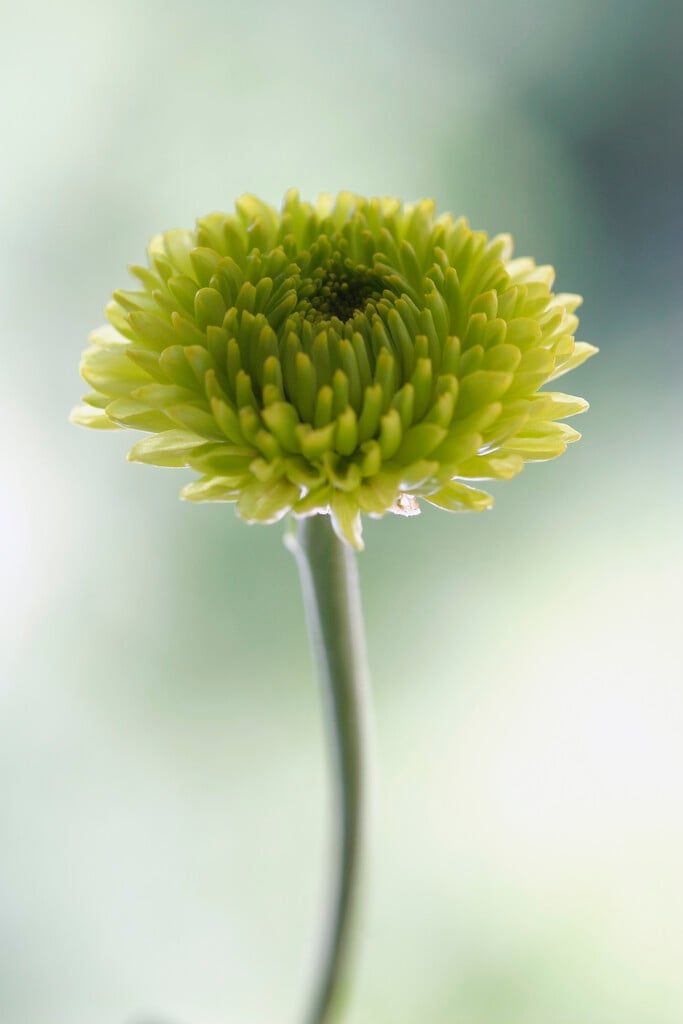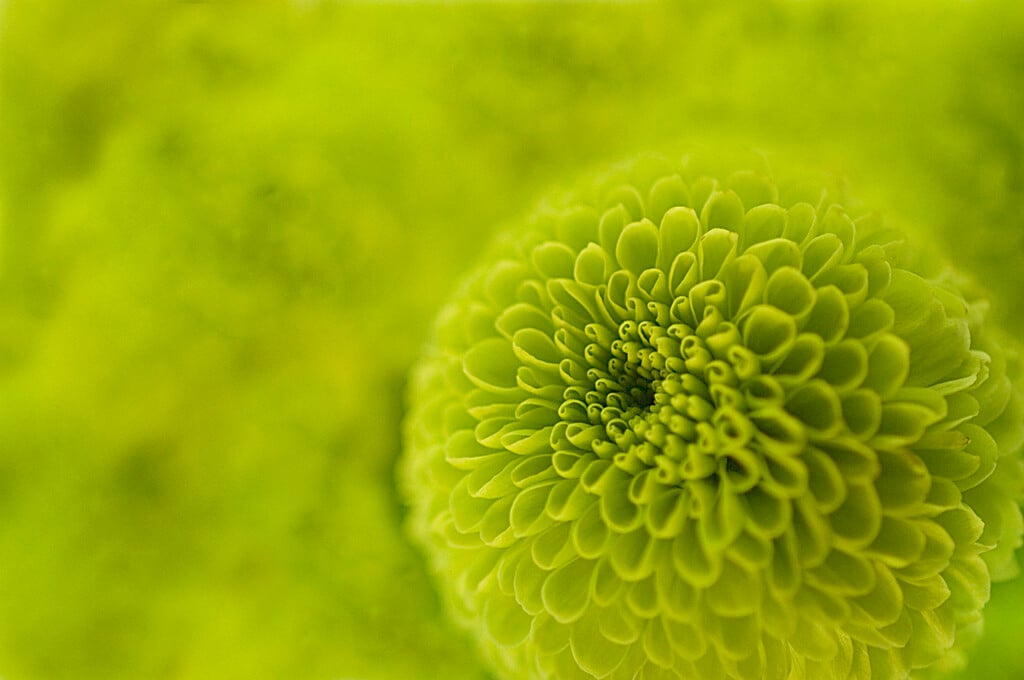Size
Ultimate height
0.5–1 metresTime to ultimate height
1–2 yearsUltimate spread
0.1–0.5 metresGrowing conditions
Moisture
Moist but well–drainedpH
Acid, Alkaline, NeutralColour & scent
| Stem | Flower | Foliage | Fruit | |
| Spring | Green | |||
|---|---|---|---|---|
| Summer | Green | Green | ||
| Autumn | Green | Green | ||
| Winter |
Position
- Full sun
Aspect
South–facing or West–facing or East–facing
Exposure
Sheltered Hardiness
H3Botanical details
- Family
- Asteraceae
- Native to GB / Ireland
- No
- Foliage
- Deciduous
- Habit
- Clump forming, Bushy
- Potentially harmful
- Skin allergen. Wear gloves and other protective equipment when handling
- Genus
Chrysanthemum are erect woody-based perennials with aromatic, pinnately lobed leaves and flowerheads of diverse form, from late summer to late autumn
- Name status
Unresolved
How to grow
Cultivation
Does best in a well-drained, moderately-fertile soil in full sun. Pinch out the growing tip when the plants are 15-20cm tall to encourage free-flowering, bushy plants. See chrysanthemum cultivation for further information
Propagation
Propagate by division or rooting softwood cuttings in peat-free potting compost at 16°C in spring. Pot on rooted cuttings in late June to early July into 23cm pots and pinch out as soon as established
Suggested planting locations and garden types
- City and courtyard gardens
- Cottage and informal garden
- Patio and container plants
- Cut flowers
- Flower borders and beds
- Wall side borders
Pruning
Pinch out growing tips and cut down to 10cm after flowering
Pests
May be susceptible to aphids, chrysanthemum leaf miner, leaf and bud eelworms, earwigs, capsid bug and glasshouse red spider mite
Diseases
May be susceptible to glasshouse grey mould, powdery mildews and chrysanthemum white rust
Get involved
The Royal Horticultural Society is the UK’s leading gardening charity. We aim to enrich everyone’s life through plants, and make the UK a greener and more beautiful place.

